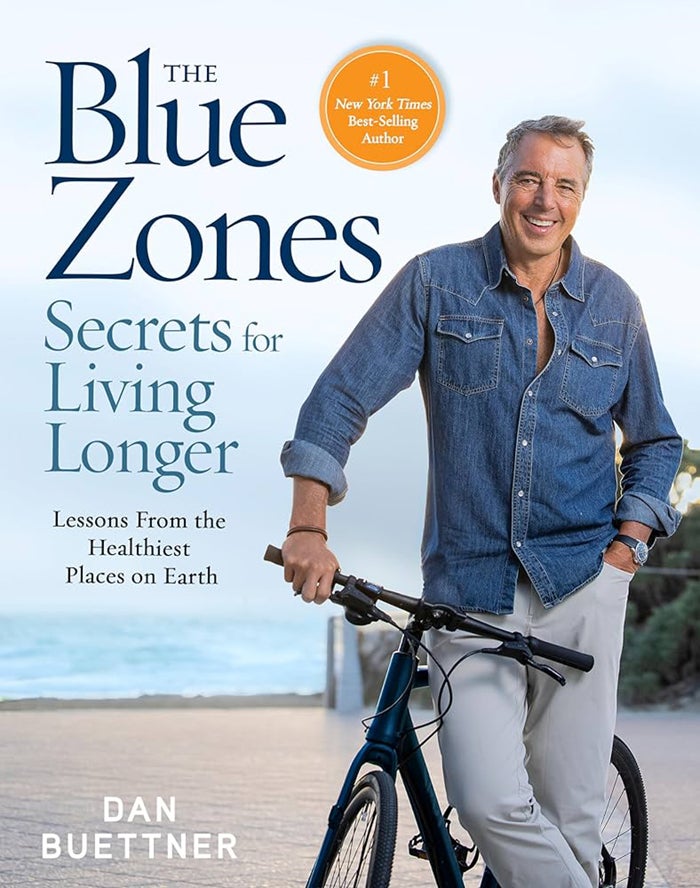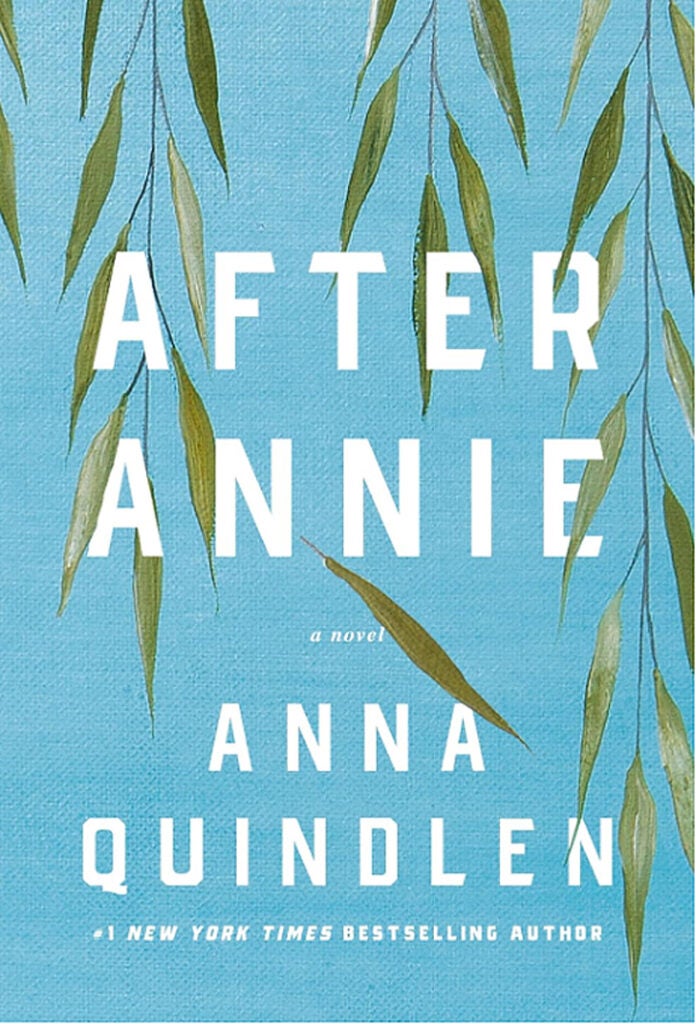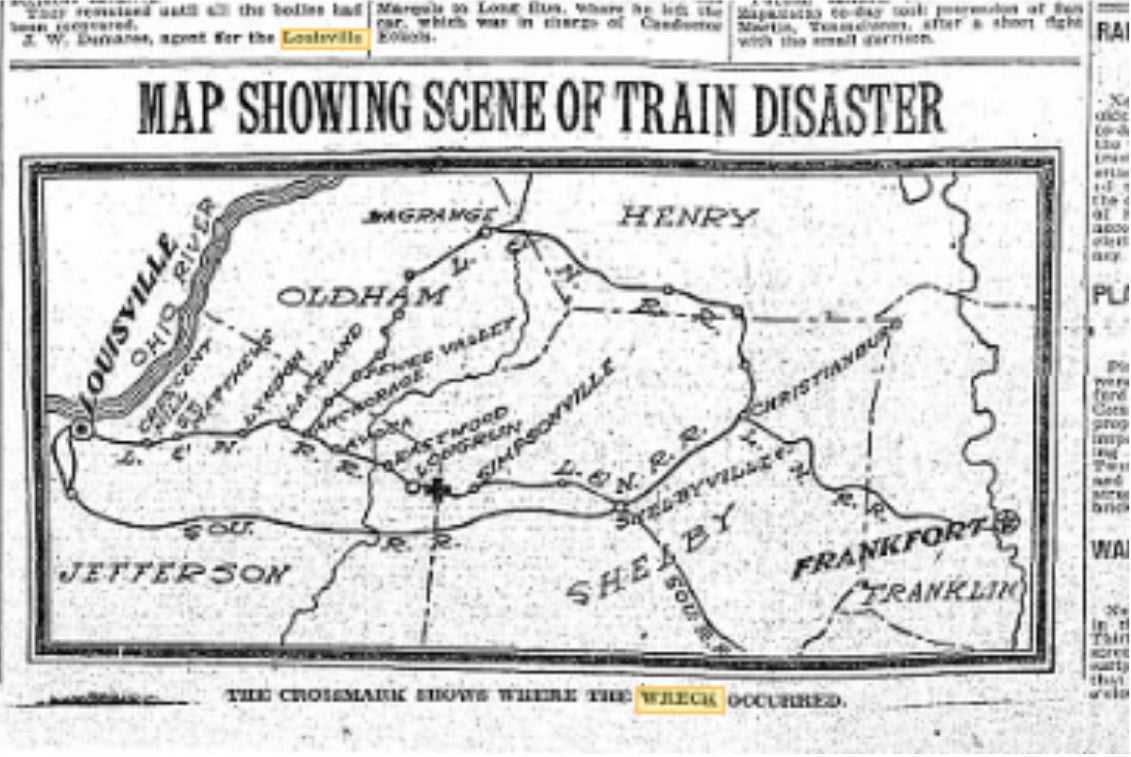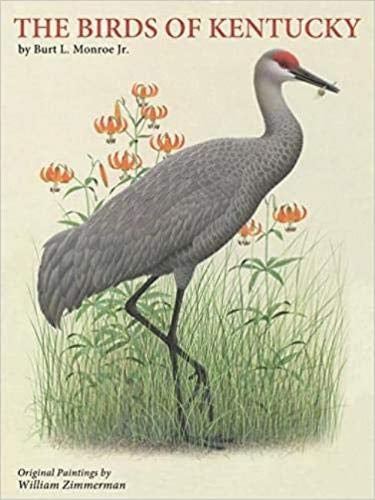
“The Blue Zone Secrets of Living Longer” by Dan Buettner
Subtitled “Lessons From the Healthiest Places on Earth,” Dan Buettner’s best-selling volume beautifully shares both the diets and lifestyles of the “Blue Zones,” the six places on Earth he has identified where people tend/tended to live exceptionally long lives,
reaching age 100 at a far greater rate than we do here in the United States.
People living in the blue zones (Sardinia, Italy, Nicoya, Costa Rica, Loma Linda, California, Ikara, Greece, Okinawa, Japan and Singapore) share many of the same, or similar, dietary and lifestyle choices, and Buettner provides a detailed listing of these for each locale. Among the shared “secrets” to living longer are staying physically active throughout life, a strong sense of family and community, and far heathier food choices than most Americans make on a daily basis. All blue zone diets consist primarily of plant-based food choices.
Buettner notes that until quite recently diets in all blue zones “consisted almost entirely of minimally processed plant-based foods— mostly whole grains, greens, nuts, tubers (such as potatoes) and beans. You may be wondering, did these people who frequently lived active lives well into their 80s and 90s, and often lived to 100 and beyond, eat meat? According to the author’s research, they did eat some meat, primarily pork, but only five times per month, on average. He recommends we dramatically limit our intake of meat, with servings no bigger than a deck of cards eaten only twice per week. Instead of making meat the center of our meal, Buettner writes we should shift to beans or tofu. According to numerous well-documented studies, both beans and tofu are good sources of healthy protein.
One key, common characteristics of a blue zone diet is the 80% rule. Called “hari, hachi, bu” by the elders of Okinawa, it means we should eat until we feel 80% full, then push the plate away and move on to whatever is next on our agenda — doing the dishes, taking a walk, visiting with friends and family, etc. I must confess that this is one rule I habitually violate, which may help explain the extra pounds I’ve picked up over the years.
“Nuts” to that you say. Well, nuts may be just the word you need to focus on, according to the author. In this book, which by the way is full of beautiful color photographs of the people and landscapes of the blue zones (after all, it’s a National Geographic publication), Buettner reveals that the Adventist Health Studies show that while nuts are high in calories, eating them does help extend your life.
And, it doesn’t even matter what kind of nuts you eat. One tip Buettner shares is to keep nuts close at hand, preferably in
two-ounce packets, due to their high caloric content.
Showcasing fruits and vegetables is another Buettner tip. Instead of “hiding” them in refrigerator crisper drawers, he advocates we
“put them front and center” where we can easily see them. Virtually every advocate of a primarily plant-based diet (Buettner suggests going 95% plant-based), recommends we eat a wide variety of fruits and vegetables, striving to consume at least 30 different ones each week.
Buettner recommends we eat four to six servings of vegetables each day, noting “blue zone diets always include at least two vegetables at each meal.”
Are there particular foods individuals striving to eat more of a blue zone diet should avoid? Buettner says “yes,” and notes the
following four — sugar-sweetened beverages, salty snack, packaged sweets and processed meats.
Now, this reviewer is not a doctor, and I am certainly not giving any medical advice. However, I do want to enjoy a longer, healthier life, and strive to eat a whole food plant-based diet, much like the ones detailed in this clearly written, well-documented and beautifully illustrated volume. I strongly recommend you check this book out if you want to increase your odds of living longer and healthier.
— Review by Chris Helvey, Helvey Enterprises

“Lost Birds” by Anne Hillerman
The Legendary Lt. Joe Leaphorn returns in a starring role in this uneven latest from Anne Hillerman, who continues the captivating Leaphorn, Chee & Manuelito series begun by her father, the late Tony Hillerman.
“Lost Birds” features Leaphorn, now several years into retirement from the Navajo Tribal Police, as a private detective trying to find the birth parents of a woman who was raised by a white couple, but believes she is a Navajo by birth. To complicate matters, she has only a single solid clue for Leaphorn to work with.
While working on the case, Leaphorn receives a strange phone call from a man named Cecil Bowlegs. During their phone conversation Leaphorn hears a loud explosion and Bowlegs seems to simply disappear. Officer Bernadette Manuelito becomes involved in investigating both the explosion and Bowlegs’ possible role in it, as well as his disappearance. As in previous books in the series, Officer Manuelito also continues to deal with the sort of family issues many of us face.
These overlapping cases, some strong, memorable secondary characters, and the personal challenges impacting the lady Leaphorn shares a home with, make for a good solid, although not particularly dramatic, read. The third key character in this series, Officer Jim Chee is relegated to a cameo role.
I won’t claim Anne Hillerman’s latest is the strongest volume in this series (one of my favorite series), but it is wonderful to have the Legendary Lieutenant back leading the way.
— Review by Chris Helvey, Helvey Enterprises

“After Annie” by Anna Quindlen
What happens when a loved one suddenly passes away? The matriarch. The best friend. The love of their life. Anna Quindlen explores the concept in her most recent novel, “After Annie.” The book starts in the middle of the most tragic event the Brown family has experienced. Mother to four, Annie, dies unexpectedly from a brain aneurysm. The rest of the novel follows Annie’s family as they attempt to pick up the pieces.
The book is split into three perspectives. Ali is Annie’s 13-year-old daughter. She has to quickly grow up and learn to take care of her three younger siblings. Bill is Annie’s husband. He finds it overwhelming trying to take over at home after working a demanding job for years. Annemarie is Annie’s best friend from grade school. She relapses without Annie there to hold her accountable.
After Annie will move anyone who has lost a close loved one. The character’s resilience in the face of tragedy will have readers crying, laughing and crying again.
— Review by Alex Sandefur, Paul Sawyier Public Library staff

“Sundial” by Catriona Ward
“Sundial” is almost like reading three books in one. It is a welcome blend of sci-fi, horror and family drama that will scratch the itch for all three in equal measure. At times you may feel the story veering in one of these directions more than the other, but it gently moves the needle back and deftly manages to keep all of its themes on relatively equal footing.
At the beginning, we look in on a troubled marriage. Things move along in a fairly routine fashion until we begin to peel back the veneer over the simple scenery. There are secrets to be discovered about Rob and her marriage. There are secrets to be discovered about her oldest daughter, Callie, and the bones she keeps in her closet. There are secrets to be discovered about “Sundial,” the place where Rob grew up. The more we learn, the more uncertain we become.
Catriona Ward has a skillful touch when it comes to her writing, detailing complex ideas and imagery without becoming bogged down in the details. Her previous novel, “The Last House on Needless Street,” walks this same tightrope. It’s rewarding to read an author that allows the reader to think for themselves without holding their hand through the entire process. If you are a fan of horror, sci-fi or family struggles, and you are not averse to a unique storyline, I recommend you give this book a try.
— Review by Ernie Dixon, Paul Sawyier Public Library staff










